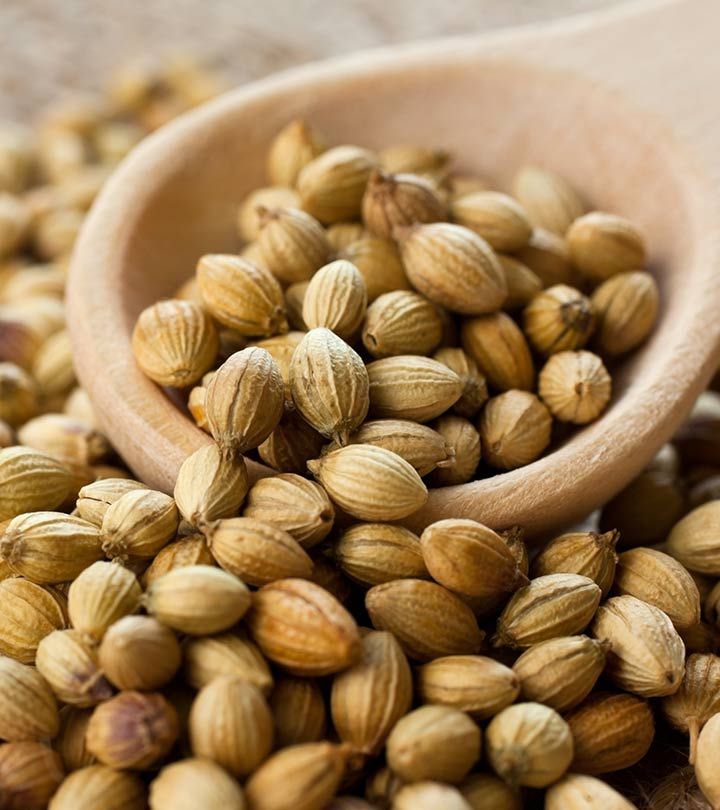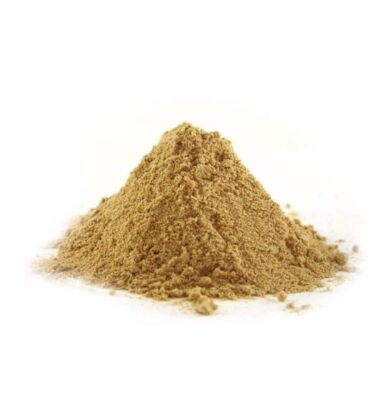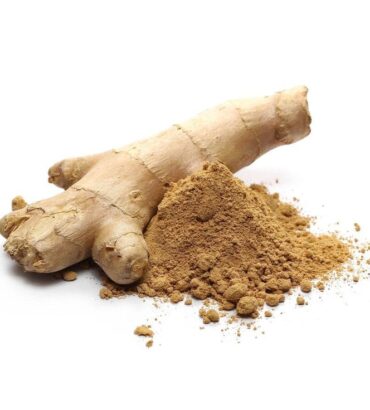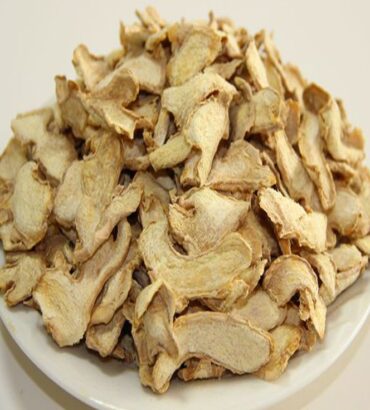Corriander
Coriander, also known as cilantro or Chinese parsley, is a versatile herb commonly used in cooking. It features round, green leaves and small, white or pinkish flowers. The entire plant is edible, with the leaves providing a fresh, citrusy flavor to dishes, while the seeds (coriander seeds) have a warm, spicy taste. Coriander is popular in various cuisines, including Mexican, Indian, and Middle Eastern, and is known for its potential health benefits, including aiding digestion and providing antioxidants.
Coriander (Coriandrum sativum) is a versatile herb valued for its aromatic leaves and flavorful seeds, which are commonly used in culinary dishes around the world. Here’s a detailed description for exporting coriander:
Coriander Overview
Scientific Name: Coriandrum sativum
Family: Apiaceae
Common Names: Cilantro (leaves), Coriander (seeds)
Key Features
- Appearance:
- Leaves: The leaves of coriander are bright green and have a feathery texture. They are often used fresh in salads, salsas, and as a garnish.
- Seeds: The seeds are small, round, and beige to light brown. They have a slightly citrusy, spicy flavor and are used as a spice in various dishes.
- Flavor Profile:
- Leaves: Fresh coriander leaves have a vibrant, slightly citrusy flavor with a hint of earthiness.
- Seeds: Coriander seeds have a warm, nutty flavor with subtle citrus notes. They are often toasted to enhance their flavor before use.
- Uses:
- Culinary: Coriander is widely used in cooking for both its leaves and seeds. The leaves are used in dishes like curries, soups, and garnishes. The seeds are commonly ground into spice blends or used whole in pickling, stews, and spice mixes.
- Medicinal: Coriander has been used in traditional medicine for its potential digestive benefits, anti-inflammatory properties, and as a mild antimicrobial agent.
- Growing Regions:
- Coriander is grown in various parts of the world, with major producers including India, Morocco, and Mexico. It thrives in temperate climates and is usually cultivated in well-drained soil with adequate sunlight.
- Harvesting and Processing:
- Leaves: Typically harvested before the plant flowers to maintain the best flavor.
- Seeds: Harvested when the plant’s seed pods turn brown and dry. The seeds are then cleaned and sorted to ensure quality.
Export Specifications
- Quality Standards: Ensure that coriander meets international quality standards, including cleanliness, uniformity, and the absence of contaminants.
- Packaging: Coriander should be packaged in moisture-proof, airtight containers to preserve freshness and prevent contamination. Packaging should be clearly labeled with the product name, origin, and any relevant certifications.
- Certification: Depending on the market, certifications such as organic or fair trade may be required. Ensure all necessary documentation is included with the shipment.
Market Considerations
- Demand: Coriander is in demand globally, particularly in regions with diverse culinary traditions. Market preferences may vary, so it’s important to understand the specific needs of your target market.
- Competition: Be aware of other exporters and their pricing to position your product competitively.







There are no reviews yet.